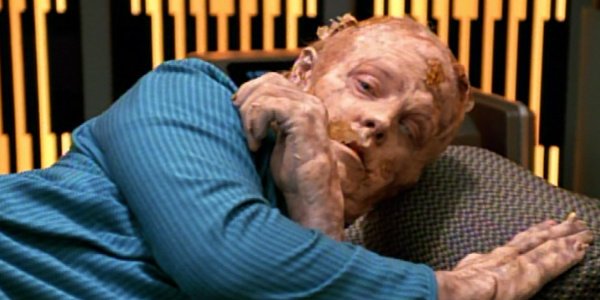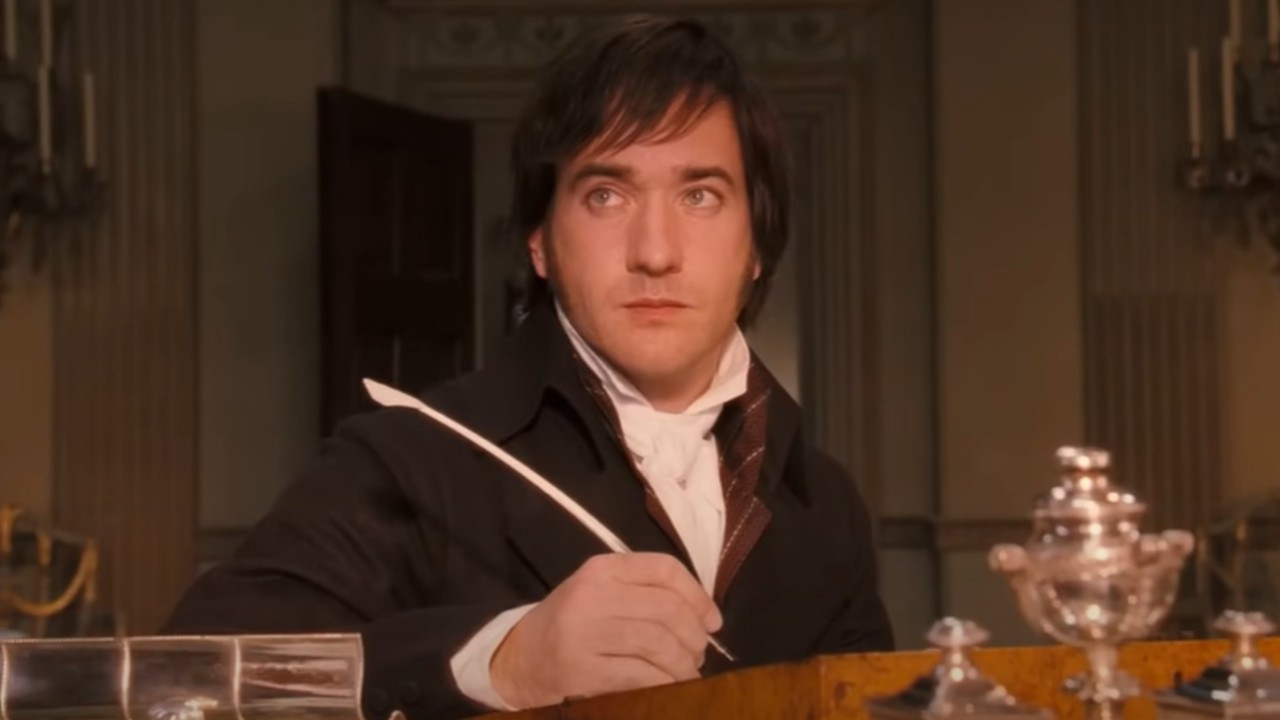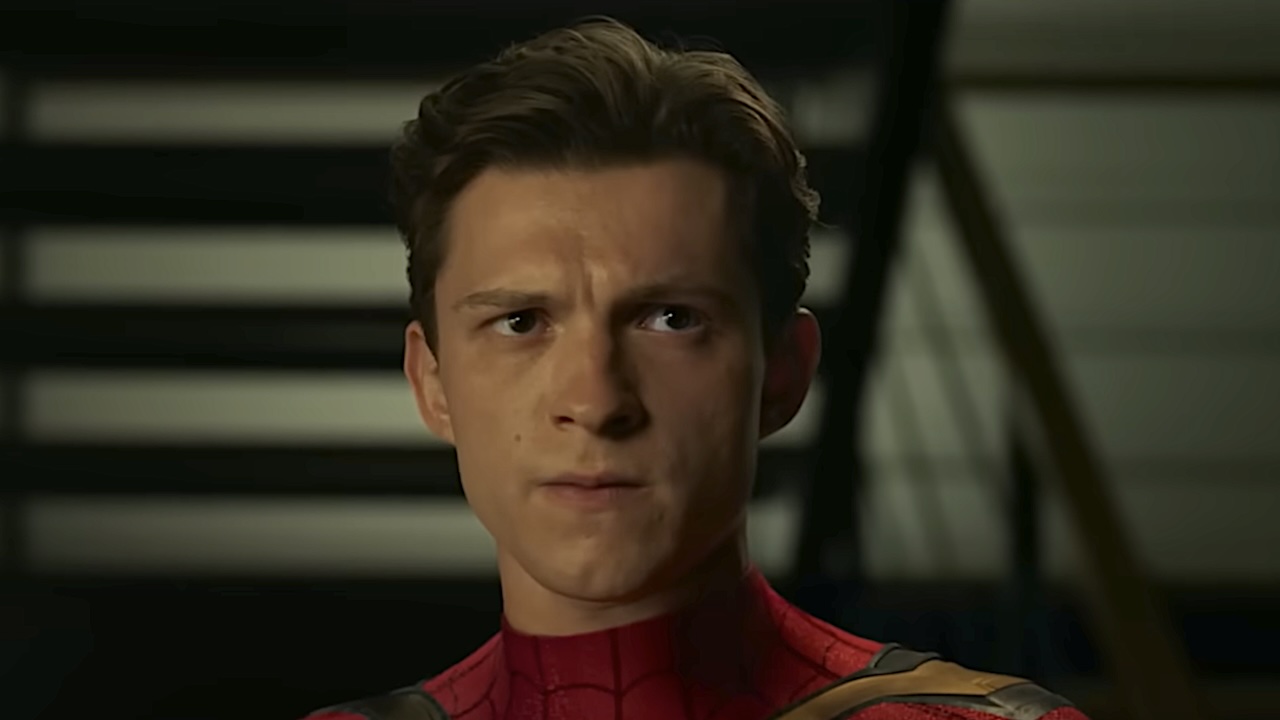One Infamous Star Trek Episode Inspired A Fake Scientific Study That Actually Got Published

With six live action shows under its umbrella, it's no surprise that the Star Trek franchise has given sci-fi fans some amazing television over the years. Of course, when a property has that much history, it's also a given that it would be bound to deliver some turkeys. Now, one of those not-so-impressive episodes, the Star Trek: Voyager episode "Threshold," has inspired a fake scientific study that actually managed to get published.
The fake paper describes an experiment to finally cross the warp 10 barrier when traveling faster than the speed of light, and details the experiment that was actually only done in the Voyager episode in question. In "Threshold," which was the fifteenth episode of Season 2, Tom Paris, Harry Kim and B'Elanna Torres are running holodeck simulations to try and break warp 10 so that Voyager can finally get home. When Paris figures out a way to make it work, he gets permission from Janeway to do a manned test flight in a real shuttlecraft. His experiment works, but results in Paris beginning to mutate and become deranged. As the crew tries to reverse the mutation, Paris breaks free from his restraints, kidnaps Janeway and takes her on a warp 10 flight with him. When he and Janeway are finally found, both have mutated into giant amphibian-like creatures who have, apparently, mated and produced children. In the end, Paris and Janeway are taken back to Voyager and returned to their human forms, with much embarrassing talk about who initiated the mating process best left forgotten.
Actually, much of the episode is best left forgotten, and it's widely considered one of the worst Star Trek episodes ever made. This, it turns out, is exactly why the paper's author, who wanted to remain anonymous and is going by BioTrekkie, decided to use the events of "Threshold" as his fake experiment. He told Space.com that he was inspired by a similar paper done on the midichlorians of Star Wars lore which was used to throw a spotlight on predatory open-access scientific journals that will publish anything for a fee with no real interest in furthering scientific dialogue and discovery.
BioTrekkie, a Star Trek fan who's been a biologist for 30 years, was looking to do the same thing, and, since his fake Voyager experiment got published, it actually worked. To make matters worse, BioTrekkie openly used several Star Trek terms in the paper, listed six Voyager characters as co-authors and even listed their professional affiliation as the "Department of Biomedical Engineering at Starfleet Academy."
Well, it's pretty obvious that the journal that took BioTrekkie's Star Trek: Voyager inspired research paper can't really be trusted. But, if you've now got a hankering to watch the episode that his "experiment" was taken from, the entire series can be watched on Netflix or CBS All Access. For more on what you can catch in the coming weeks, be sure to check out our midseason premiere guide.
CINEMABLEND NEWSLETTER
Your Daily Blend of Entertainment News

Covering The Witcher, Outlander, Virgin River, Sweet Magnolias and a slew of other streaming shows, Adrienne Jones is a Senior Content Producer at CinemaBlend, and started in the fall of 2015. In addition to writing and editing stories on a variety of different topics, she also spends her work days trying to find new ways to write about the many romantic entanglements that fictional characters find themselves in on TV shows. She graduated from Mizzou with a degree in Photojournalism.









